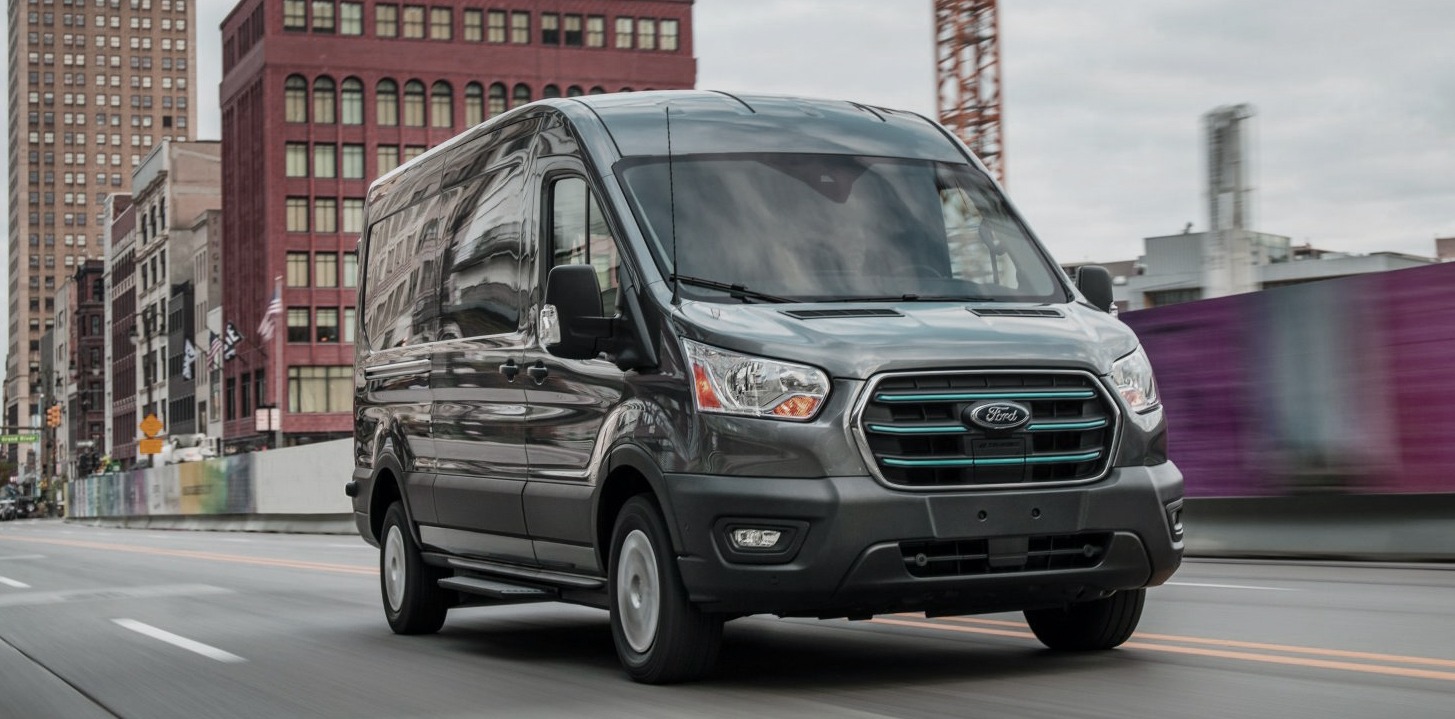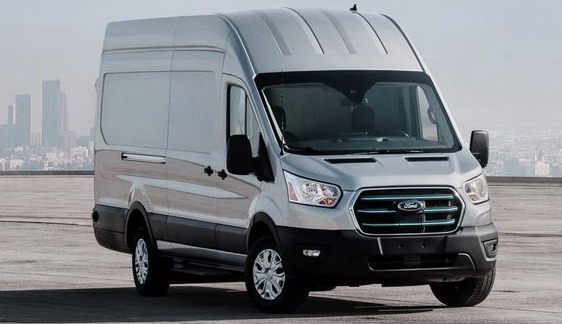Ford’s most popular transit delivery van has gotten an all-electric update.
This update will allow commercial fleet owners better management of their cargo operations.
While the battery is smaller and has less range than most EVs released now, Ford asserts that the battery is sufficient for its commercial customers.
This is Ford’s second major electric vehicle in their $11.5 billion push to become eco-friendly – a push that will last through to 2022.
Delivery is being used more now than ever, for anything from groceries to clothing, so this is the perfect time for Ford to reveal their electric cargo van.
The E-Transit van will be released in 2022 with a 76-kWh battery that has the ability to power it for 126 miles. Ford made this decision based on real-world driving telematics “to deliver the right amount of range based on fleet needs.”
In their research, Ford found that a daily average of 76 miles was covered by Ford drivers.

Global director of marketing for electric trucks and commercial vehicles, Yarslov Hetman states that the standard person is searching for “an aspirational vehicle” that ticks all the boxes for a fraction of the cost.
Ford’s customers focus on two things when they are purchasing a car: the cost of purchase and the safety of the vehicle.
On top of this, the price has to be reasonable.
The typical, larger battery would increase the price significantly, making it unaffordable to the majority of Ford’s customers. It is recommended that the price be set at $45,000.
The typical commercial customer will buy anywhere between one and thousands of transit cans at once. One selling point of Ford’s newest van will by the $7,500 federal EV tax credit, though it is unclear for how long.
There will be three variations of the E-Transit van. The vans will have different roof heights and body lengths, however, they do not match the gas-powered Transit van levels.

Many assert that these new vans need to impress with their vision of the future – but it’s very different from the vision of Tesla or Mustang.
Ford’s high-tech E-Transit vehicles will be focusing on commercial vehicle owners fleet operations. The features that are available sound somewhat Orwellian.
Their “in-vehicle, real-time driver coaching” feature is one way fleet operators can use their newest release to monitor their employee’s progress.
This feature allows employers to access their employees’ speed, acceleration, braking, whether they leave the engine on while parked, or if they do or do not fasten their seatbelt. If necessary, the employer can speak to the employee through the vehicle’s speakers.
Julius Machwicki, chief operating officer of Ford Commercial Solutions states that companies that purchase these new vehicles will have the ability to use the new voice assistant to actually communicate with the driver. This feature was included to ensure that employers can monitor and control the safety and efficiency of their employees.
Machwicki asserts that this real-time feedback has proved significantly more effective than coaching or reprimanding after an incident.
Driver ID will also be a new feature so drivers can connect with their vehicles.
This will require individual codes for each employee that will log who is driving which car and when.
This code allows managers to analyse performance metrics as well as identify opportunities for coaching or managing the driver’s performance. The ability to identify who was using a vehicle when is extremely beneficial.
There is a wave of electric vehicles coming, but very few are catering towards the commercial delivery market as Ford is.
Ford will be mass-producing these vehicles by investing $100 million to generate a central hub for the van’s assembly in Missouri.
While this new vehicle may look similar to its gas-powered predecessor, Ford has truly created a fantastic E-Transit vehicle through restraint with features and cost.
Hetman emphasises that they’re not focusing on what their competition is doing: they’re focusing on their customers. They aim to exceed the expectations of consumers daily through all of their vehicles, including trucks, vans or retail vehicles. They are confident that they can win with their products.



































